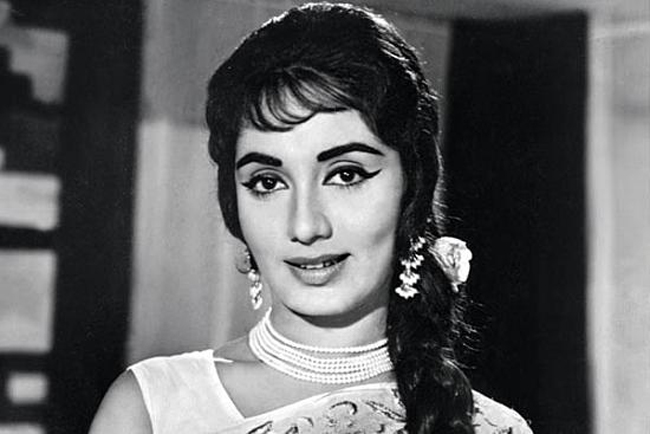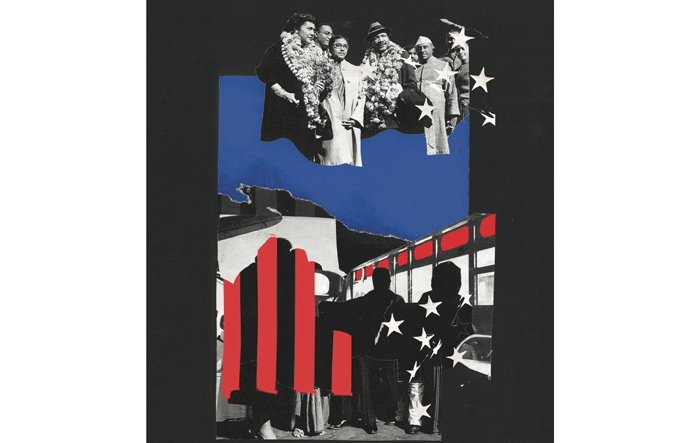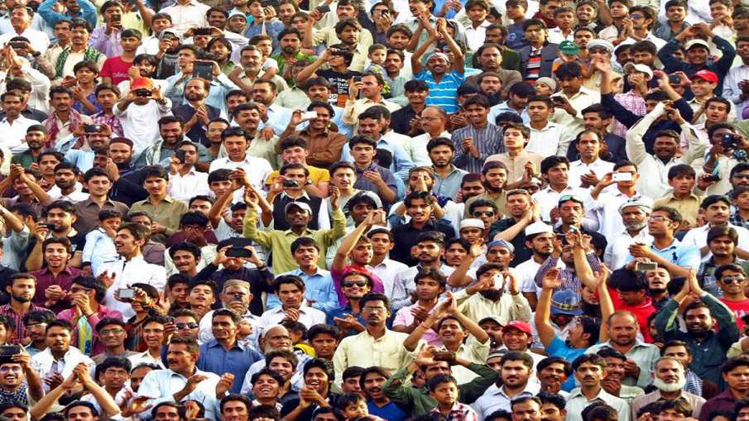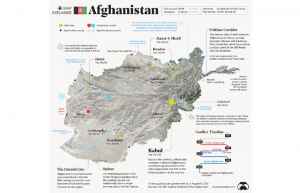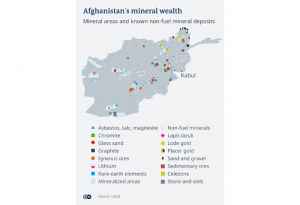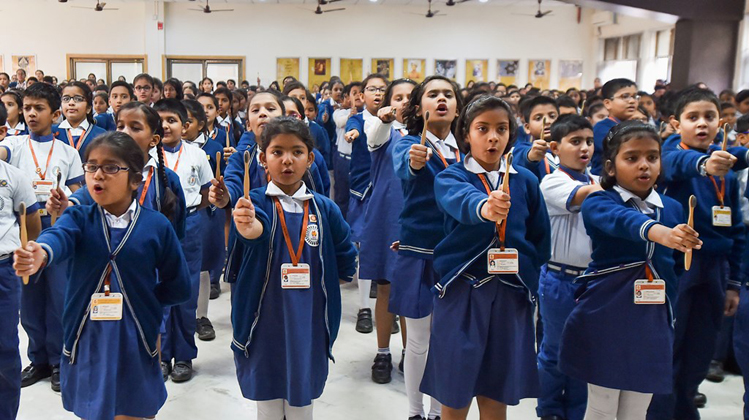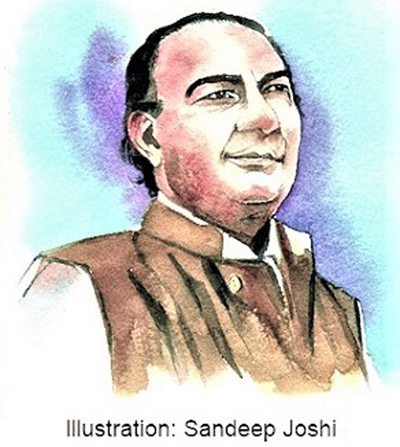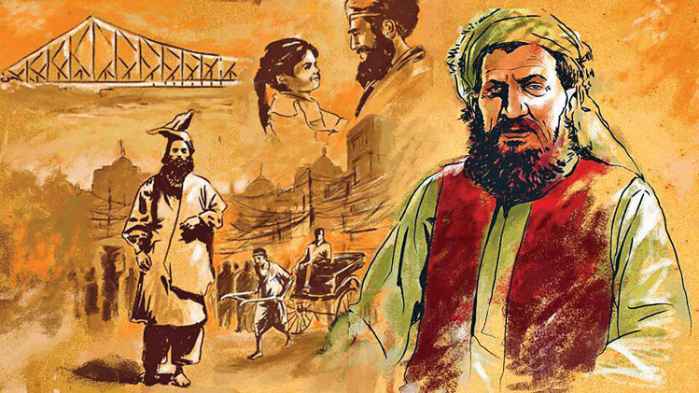Kolkata: Not many have forgotten about the massive mandate that Mamata Banerjee led Trinamul Congress got during Bengal Assembly Polls 2021, But are you aware of the fact that Didi has completed her 100 days in office during her third stint? Probably not, because no mainstream media has carried any report related to it. So here is eNewsroom‘s exclusive story on the eventful 100 days of Mamata in office:
When the TMC chief took oath for the CM’s third consecutive term, she had many challenges before her. Right from controlling the spiralling Covid-19 cases to the handling of Covid vaccination drive to tackling allegations of large-scale post-poll violence. She also had to fulfill the promises made during her rigorous campaigning and win a byelection within six months, given the fact that despite the people of Bengal investing faith in her party to take on the saffron party, she lost to her former aide Suvendu Adhikari at Nandigram.
As this story is going to be published the election commission announced the date of the byelection for Bhawanipore constituency.
Eventful 100 days
Difficult, is what many believe, but even after such a huge mandate, these 100 days were not very easy for Mamata government. “Not only were party senior leaders arrested in the Narada case, but TMC has been accused of indulging in post-poll violence. Still, I feel, there have been no major allegations against her government in the last three months or more. On the issue of post-poll violence, I will not comment as the matter is subjudice now,” said social and democratic rights activist Ujjaini Halim to eNewsroom.
Didi has energized the Opposition
Meanwhile, TMC’s Rajya Sabha MP Jawhar Sircar, while talking to eNewsroom said, “With TMC’s victory, she has proved that the Bharatiya Janata Party is not ‘invincible’. Her win has made her more formidable in raising a strong voice against the central government’s policies.”
Sircar, an ex IAS officer and CEO of Prasar Bharti, who has been sent to the Upper House of Indian Parliament by the TMC has been quite vocal against the policies of the saffron party. On being asked to cite one of the best decisions taken by the party made during the 100 days, he said, “She has been very focused. Certain issues had come before her during election campaigning which she is now fulfilling. Schemes like Duare Sarkar is continued, Student Credit Card system has been flagged off and a greater emphasis has put on Swasth Sathi.”
Mandate to save secular ethos
“TMC led by Mamata Banerjee had got historic support against the communal politics of BJP. Even after all the allegations of her favouring a certain community, the fact that she was favoured as people believe that she sees all religions equally. I believe that if the state witnesses no major communal incident in near future, it will be advantageous for her future politics,” asserted Halim.
Covid challenge and the arrests
Soon after the formation of the new government, CBI arrested three big leaders of TMC including Kolkata’s Mayor Firhad Hakim. They later got bail, but the arrest had directly impacted Covid management in the state capital.
Halim feels, “Covid and vaccination management could have been better handled, but you cannot blame the Mamata government for this situation, alone.”
Bold and progressive stand
One of the key highlights for her 100 days at work is that she strongly backed the peasant movement going on in the country. “Like on the issue of CAA-NRC, she has taken a clear stand in favour of farmers’ protest. Being a ruling party, TMC’s stand matters a lot for the farmers and civil society,” the activist mentioned.
National Role
A third term for any chief minister triggers speculation about a possible national role. It happened with Jyoti Basu, Arjun Singh, Sharad Pawar, N D Tiwari and of course Narendra Modi.
“Except for Modi, others failed to make it. Mamata heads a regional party, enjoys wide popularity outside Bengal but Trinamul attempts to expand its base outside Bengal and winning Lok Sabha seats is easier said than done,” said political analyst Rasheed Kidwai.
“She has to play an anchor’s role in opposition unity, utilise her old connections with the Congress and win friends i.e. regional parties support from Tamil Nadu, Bihar, Maharashtra, Uttar Pradesh, Odisha, Andhra, Telengana, Northeast and other parts of the country. Sustaining momentum till 2024 is difficult too,” Kidwai added.
BJP: ‘Black Days’
However, the principal opposition party in Bengal, BJP says, the 100 days were ‘black days’ for Bengal. When eNewsroom contacted Dilip Ghosh, the party’s state president reacted, “The 100 days were the blackest for Bengal. There was large-scale post-poll violence and the court had to order an inquiry into it.” He further alleged, “The promises she made are not being fulfilled. Like, there is no fund allotment for student credit cards, she just made an announcement.”
Ghosh, however, did not comment on the delay of by-polls in Bengal, but when asked if Mamata is not doing well then will it reflect in forthcoming elections for the TMC? He further questioned, “There are no civic body elections taking place in Bengal so how will it reflect? He added, “2024 Lok Sabha polls will take place on different issues.”



